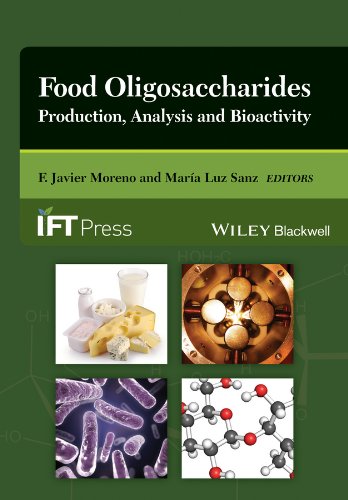

Most ebook files are in PDF format, so you can easily read them using various software such as Foxit Reader or directly on the Google Chrome browser.
Some ebook files are released by publishers in other formats such as .awz, .mobi, .epub, .fb2, etc. You may need to install specific software to read these formats on mobile/PC, such as Calibre.
Please read the tutorial at this link. https://ebooknice.com/page/post?id=faq
We offer FREE conversion to the popular formats you request; however, this may take some time. Therefore, right after payment, please email us, and we will try to provide the service as quickly as possible.
For some exceptional file formats or broken links (if any), please refrain from opening any disputes. Instead, email us first, and we will try to assist within a maximum of 6 hours.
EbookNice Team

Status:
Available0.0
0 reviewsA growing awareness of the relationship between diet and health has led to an increasing demand for food
products that support health beyond simply providing basic nutrition. Digestive
health is the largest segment of the burgeoning functional food market worldwide. Incorporation of bioactive
oligosaccharides into foods can yield health benefits in the gastrointestinal
tract and other parts of the body that are linked via the immune system.
Because oligosaccharides can be added to a wide variety of foodstuffs, there is
much interest within the food industry in incorporating these functional
ingredients into healthy food products. Moreover, other areas such as
pharmaceuticals, bioenergy and environmental science can exploit the
physicochemical and physiological properties of bioactive oligosaccharides too.
There is therefore a considerable demand for a concentrated source of
information on the development and characterization of new oligosaccharides
with novel and/or improved bioactivities.
Food Oligosaccharides: Production, Analysis and Bioactivityis a comprehensive reference on the
naturally occurring and synthesised oligosaccharides, which will enable food
professionals to select and use these components in their products. It is
divided into three sections: (i) Production and bioactivity of
oligosaccharides, (ii) Analysis and (iii) Prebiotics in Food Formulation. The
book addresses classical and advanced techniques to structurally characterize and
quantitatively analyse food bioactive oligosaccharides. It also looks at practical
issues faced by food industry professionals seeking to incorporate prebiotic
oligosaccharides into food products, including the effects of processing on
prebiotic bioavailability. This book is essential reading for food researchers
and professionals, nutritionists and product developers working in the food
industry, and students of Food Science with an interest in functional foods.